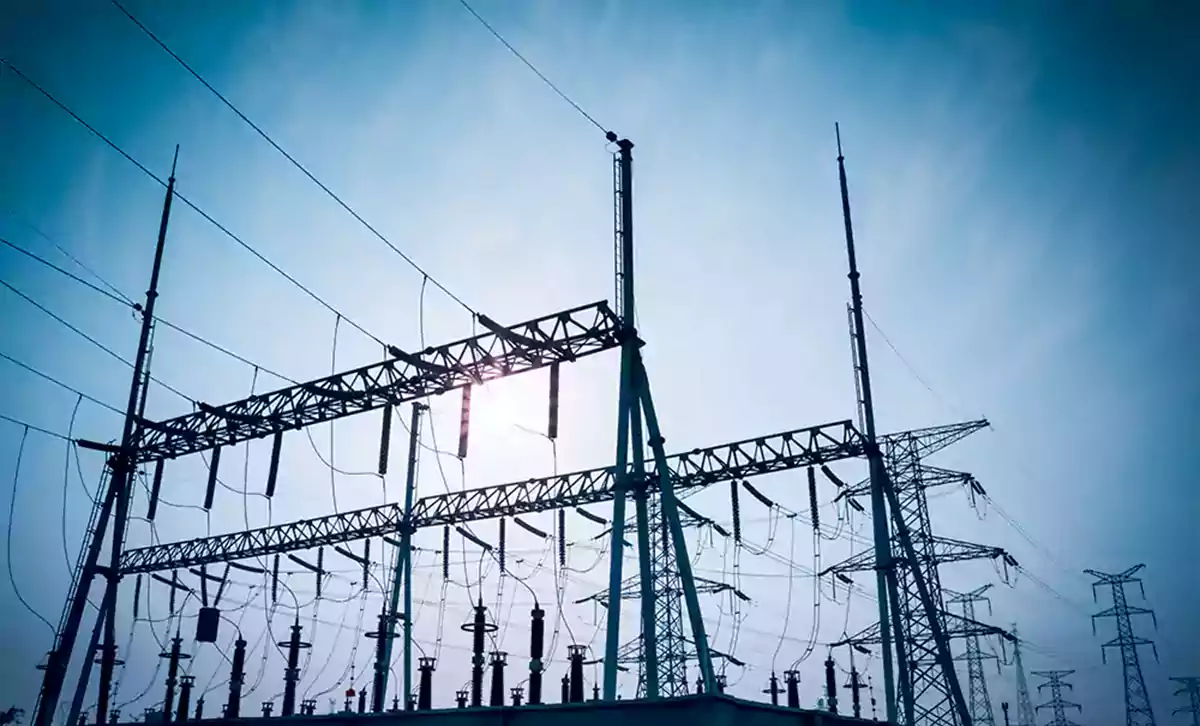According to a new report, issued by the United Nations University, aging water storage facilities could pose a severe threat to people in the future.
The report suggests that within the next 30 years, many people will live downstream of numerous large dams that have been constructed between the 1930s and 1970s which will have reached their theoretical lifespan. Large dams will steadily become more than 100 years old and their maintenance operations will be even more difficult to complete. Moreover, the designs implemented in the 20 th century did not account for the implications brought by climate change.
Apart from safety issues regarding those dams, another issue emerges as time passes by. The dams’ efficiency is reduced mostly due to a phenomenon known as reservoir sedimentation. Reservoir sedimentation refers to the process of transportation and deposition of sediment in a dam’s reservoir. The construction of a dam reduces the water flow velocity which results in greater sedimentation.
The total water storage in dam facilities is vast. In particular, about 7,000 to 8,300 km 3 of water is currently accumulated behind the numerous dams constructed worldwide. This amount is the equivalent of submerging around 81% of the United States under 1 meter of water.
Dam breaches or failures may have a significant impact on human infrastructure and result in numerous casualties. Currently, climate change has caused a shift in weather phenomena across the world and dams are put under more pressure than before. “The rising frequency and severity of flooding and other extreme environmental events can overwhelm a dam’s design limits and accelerate a dam’s aging process,” Vladimir Smakhtin, co-author of the report and the director of the UNU’s Institute for Water, Environment and Health in Canada, stated.
The world will probably not go through a new series of building large dams. This is because the best locations worldwide have been captured and river flows have been already regulated. Moreover, there are certain environmental impacts that involve dam construction so new methods of water storage constantly evolve. Therefore, the problem concerns the existing infrastructure. It is worth mentioning that most of the dam facilities are located in few countries that have to address the challenging issue. In particular, just 4 countries (China, Japan, India and the Republic of Korea) have more than 55% of the world’s total dams with China having more than 23,800 facilities (40%).
A solution would be taking out of operation some of the aging dams. This process is indeed a potential choice in some cases but not a simple one. Until today, most of the dams that have been shut down are relatively small. Decommissioning large facilities would result in severe financial, environmental and social ramifications that can be both negative or positive depending on the situation. The report suggests that it is a very complex process for which not enough data and knowledge exist.
This article is written to illustrate the complexity of the dams and their infrastructure problems and their consequences.
It is hoped that with the advancement of knowledge and using available data, the use of dams can improved by developing their infrastructure.
Source: geoengineer








